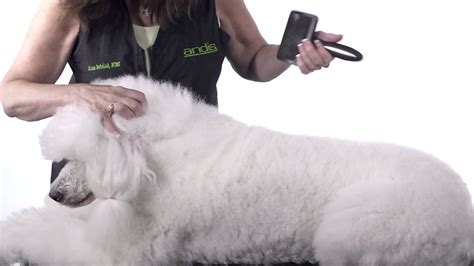Introduction
Pet brushing and combing are essential aspects of pet grooming. However, choosing the right brush or comb for your pet and understanding the proper brushing technique can be challenging. This guide provides comprehensive information on pet brushing and combing, addressing key questions and concerns for pet owners.

Why is Pet Brushing and Combing Important?
Regular brushing and combing offers numerous benefits for pets, including:
- Improved Coat Health: Removes dead hair and mats, promoting a healthy, shiny coat.
- Reduced Shedding: Regular brushing reduces hair buildup, preventing excessive shedding and keeping your home cleaner.
- Improved Circulation: Stimulates blood flow to the skin, promoting skin health.
- Bonding Time: Brushing can be a bonding experience between you and your pet.
Pet Brushing vs. Combing: What’s the Difference?
Brushing:
- Removes loose hair, dirt, and debris
- Detangles mats and knots
- Spreads natural oils throughout the coat
Combing:
- Removes tangles and mats
- Aligns hair shafts
- Distributes conditioning treatments
Choosing the Right Brush or Comb for Your Pet
Consider the following factors:
- Pet’s Breed: Different breeds have different coat types, requiring specific brushes or combs.
- Coat Length: Short-haired pets require different brushes than long-haired pets.
- Coat Texture: Thick, curly coats require different tools than fine, silky coats.
Proper Brushing and Combing Technique
- Frequency: Brush and comb your pet regularly, especially during shedding seasons. The ideal frequency depends on coat type and length.
- Start Gradually: Introduce brushing and combing slowly to avoid frightening your pet.
- Be Gentle: Use light strokes and avoid pulling on mats or knots.
- Brush in the Direction of Hair Growth: Follow the natural hair flow to prevent breakage.
- Use a Comb for Tangles: Gently comb out any mats or knots. Work from the ends towards the roots.
Benefits of Regular Pet Grooming
- Reduces Health Issues: Regular brushing and combing removes debris and parasites, reducing the risk of skin infections and other health problems.
- Improves Appearance: A well-groomed pet not only looks better but also feels better.
- Enhances Bonding: Grooming provides an opportunity to bond with your pet and strengthen your relationship.
Creative Grooming Ideas
Beyond basic brushing and combing, creative grooming can accentuate your pet’s unique style.
- Brush Stenciling: Use a brush and non-toxic paint to create designs on your pet’s coat.
- Cut and Style: Trim your pet’s hair in a variety of styles, such as the “Lion Cut” or “Lamb Chop.”
- Accessorize: Add ribbons, bows, or other accessories to your pet’s hair.
FAQs
-
How often should I brush my pet?
– The frequency depends on breed and coat type. Consult a groomer or veterinarian for specific recommendations. -
Can I use a human brush or comb on my pet?
– Generally, no. Pet brushes and combs are designed specifically for pet coats and are gentler on their skin. -
What should I do if my pet has mats or knots?
– Using a detangling spray or conditioner can help loosen mats. Comb them gently, working from the ends towards the roots. -
How can I make grooming more enjoyable for my pet?
– Use positive reinforcement, such as treats or praise. Start grooming sessions short and gradually increase the time.
Conclusion
Pet brushing and combing are essential aspects of pet ownership that contribute to a pet’s overall health, appearance, and well-being. By choosing the right tools, following proper technique, and exploring creative grooming ideas, you can maintain a beautiful, healthy, and bonded relationship with your furry friend.





















